- Telephoto photography featuring Canon RF 800mm f/11 IS STM
-

Bryce McQuillian - No way did I ever imagine I would be so captivated with this lens that I would end up writing such an enthusiastic review of it. This lens has had a profound impact on wildlife photography, providing me with the opportunity to look at some of the most common birds in my hometown and take some spectacular shots of species that I would have otherwise walked right by.
Because it's so small and light, I can throw it in my backpack and use it whenever the chance arises. This has allowed me to picture and view a variety of bird species that I wouldn't have been able to otherwise.
Most of the images in this review will be from the Canon R5 and Canon RF 800 F11 IS STM lens, but a few towards the end of the review were photographed on a Canon EOS R, RF 600 F11 IS STM lens.
The super light telephoto lenses from Canon are the RF 800mm f/11 IS STM lens and the RF 600mm f/11 IS STM. Compared to other primes with the same focal length, This lens is noticeably lighter. The RF 800 weights around 1.2 kg, or 2.7 lbs. This lens also has the wonderful feature of being retractable, which makes it smaller and compatible with most camera backpacks.
I would recommend purchasing a lens hood as these particular lenses aren’t weather sealed. This required me to take careful consideration when photographing the Canadian goose (shown above) in wetter conditions.
The aperture of the lens is fixed at F11, however can be used with teleconverters - doing so would reduce the aperture. Using a 1.4x TC, to F16; using a 2x teleconverter, to F22.
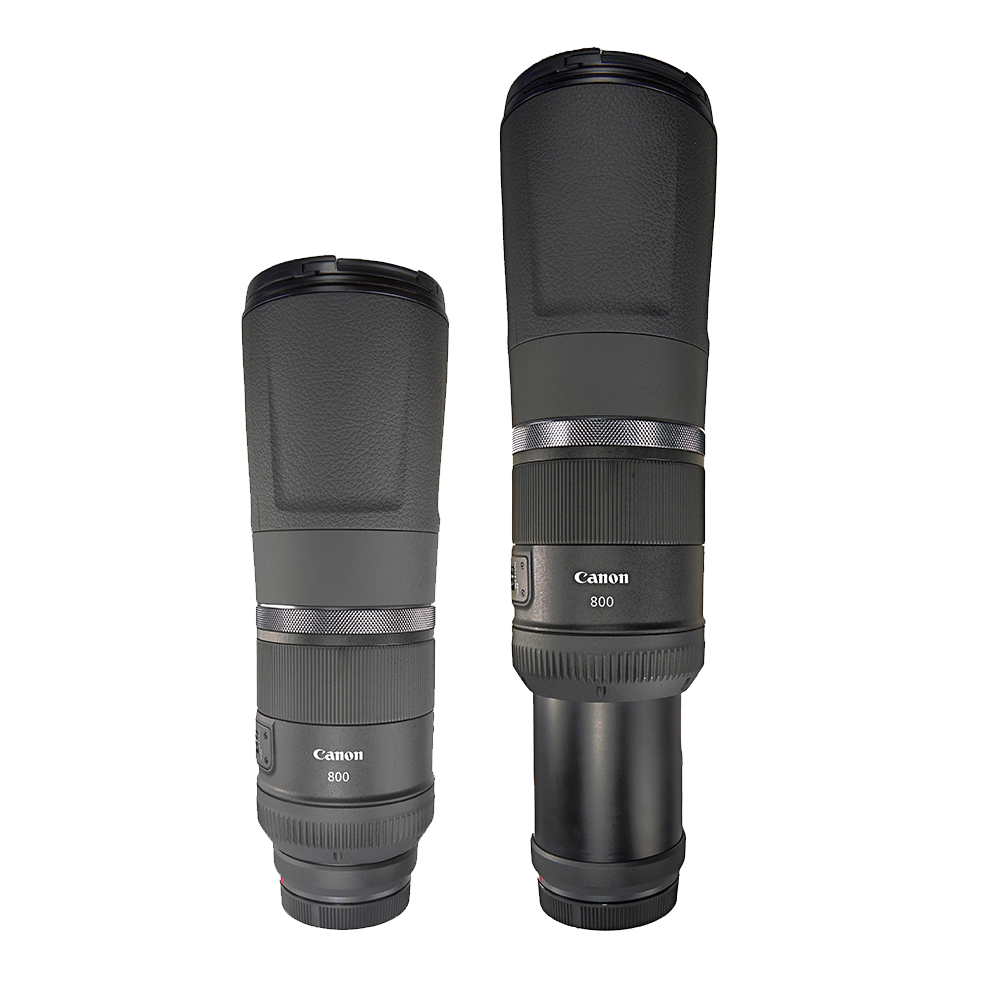
To take pictures, you need to expand the lens, which you do by twisting the rotating ring at the lens' base and pulling. If you try to use the lens when it is retracted you will get a message on the back of the camera saying “Set the lens to the shooting position”.
Combined with its image stabilisation, this lens is a great walk-around lens that can be used for extended periods of time without a tripod.
Even though this lens does not have a tripod collar, it does feature an underside screw thread that may be used on a tripod for low-light photography. For those times when you require a slower shutter speed to get sharp images in low-light situations, this is useful.
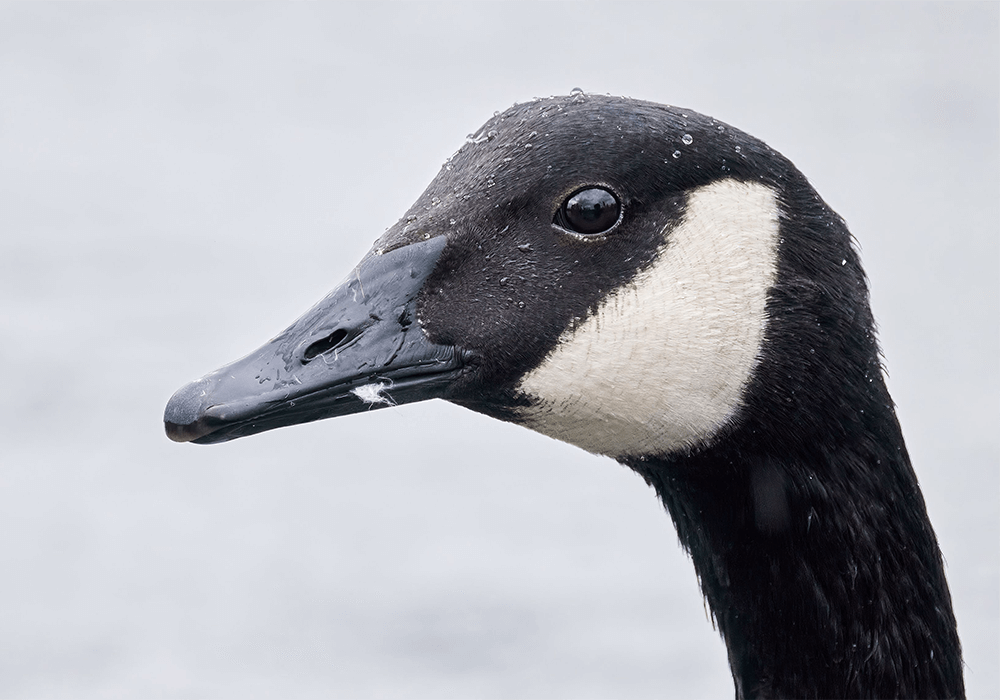
For smaller birds, a lens like the Canon RF 100-400 F5.6-8 IS USM or the Canon RF 100-500 4.5-7.1 L IS USM, which has a much shorter working distance of 88cm, might be a better choice.
The fixed aperture of F11 may make choosing backdrops to frame your subject against more challenging, because it reveals a lot more of the background. This may make separating your subject from the background more difficult, resulting in a less appealing background in your photograph.
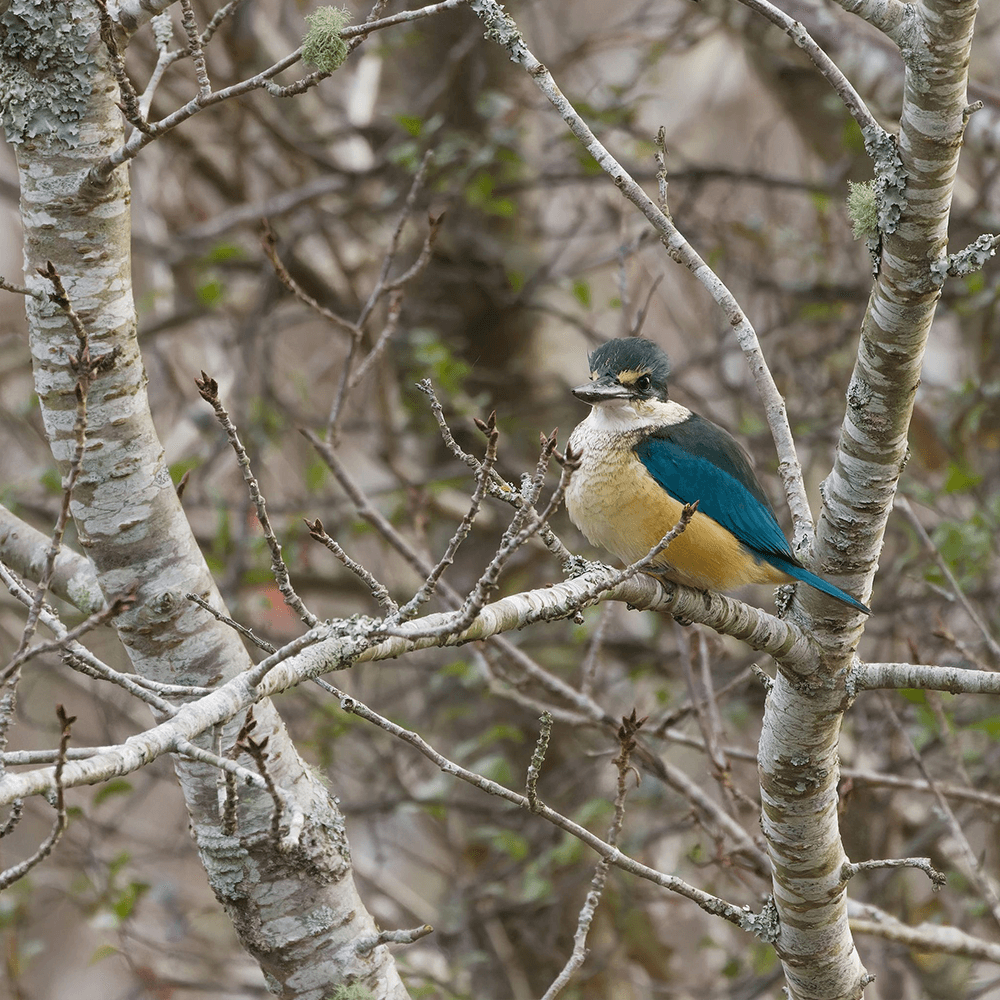
However, as with any photography, the subject, foreground, and background are always important to consider, so this is not a disadvantage of the lens; it is simply something to consider when framing your subject; often, simply walking a little to the left or right can dramatically change the background as shown in the two images below.
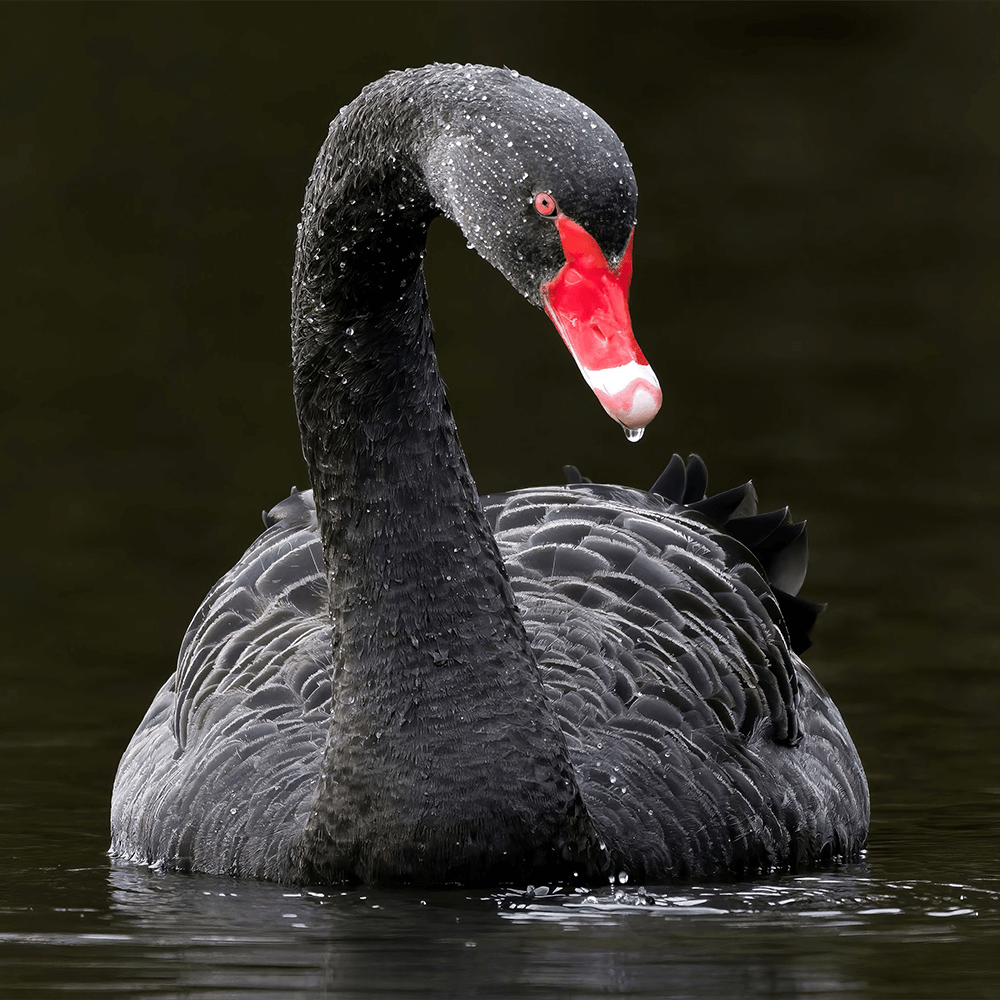
If you've never used a super telephoto lens before, it can be hard to find your subject with 800mm of focus range, especially if you're familiar with a 100-400mm focal or something similar.
Photographing subjects at F11 requires a great deal of available light or an increase in ISO.
Fortunately, both the Canon R6 and R5 enable you to utilise high ISO with little noise in the photo. Both of these cameras are capable of taking photographs at 12,800 ISO. The majority of the photographs I've taken with this lens have been between 3200 and 6400 ISO, and I haven't had any issues with noise.
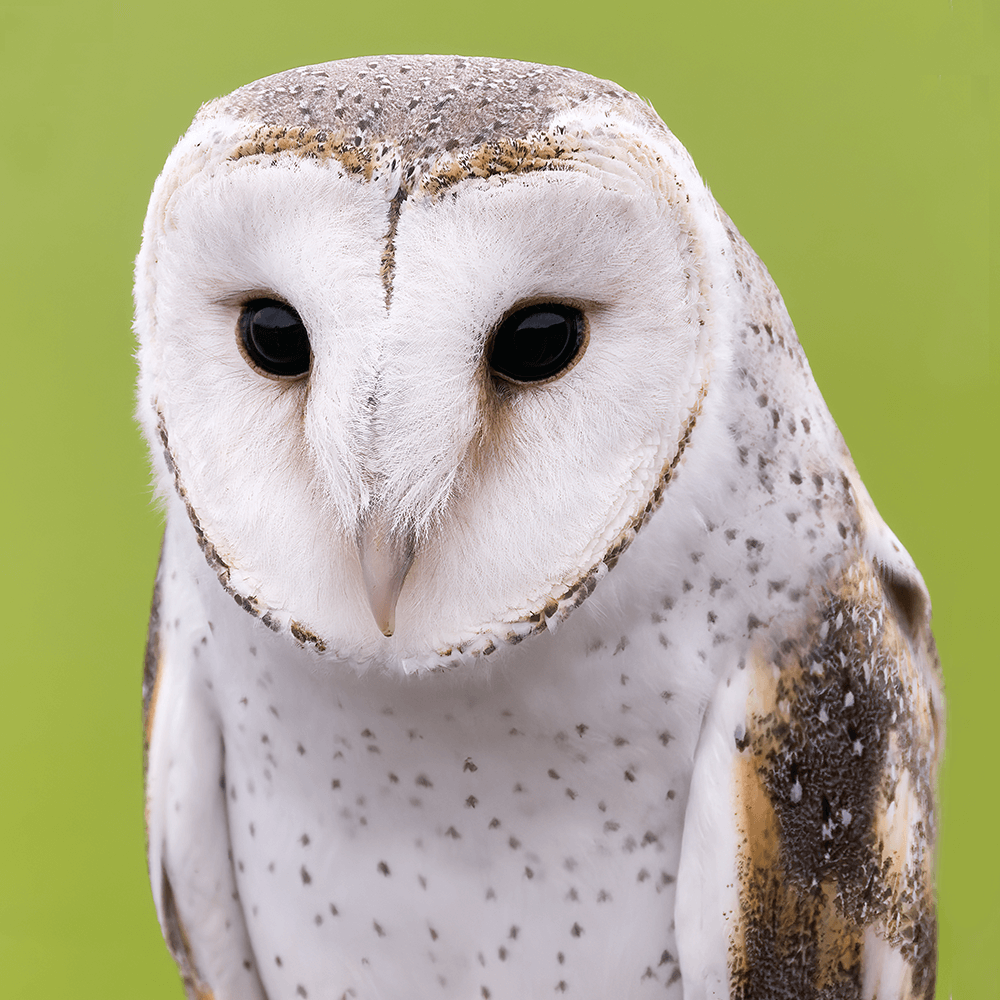
The Canon RF 800 IS STM Lens focuses quickly, and once acquired, it locks on well, enabling you to capture a bird in flight. I personally think the lens' detail and sharpness to be excellent. With a resolution of 45 megapixels on the Canon R5, there are no challenges with viewing fine detail.
I have used the RF 800mm f/11 IS STM extensively over the last few weeks, and I have really become to love this lens. It has rapidly become one of my favourite lenses to use, which is very surprising given that it is an F11 lens, which would seem to be a poor choice for outdoor photography.
However, the ability to observe birds from a distance while still capturing photographs is pretty remarkable, and it is the only reason I engage in wildlife photography.
The capability to additionally utilise the crop mode on the Canon R5 enables me to get two focal lengths in one, bringing the Canon RF 800 IS STM lens in crop mode to around 1200mm.
The Canon RF 800mm F11 IS STM lens combined with an RF 100-400mm f/5.6-8 IS USM or RF 100-500mm f/4.5-7.1 L IS USM is the ideal wildlife and landscape lens combo, enabling you to focus on the subject.
One of the most important aspects of photographing wildlife is ensuring that the animals are not disturbed in any way. This can be accomplished by photographing the animal in its natural environment and capturing it acting in a natural way. Using longer focus lengths lenses enables you to do so without disturbing the animal. This is where longer telephoto lenses really come into play when it comes to wildlife photography. For many years, super telephoto lenses have been out of reach for many people due to the price and weight of the lenses. However, Canon RF lenses are really opening up new possibilities for everyone to be able to capture stunning images of wildlife in their home town.
When used with cameras such as the Canon EOS R6 and EOS R5, the RF telephoto lenses are an incredible combo that is capable of capturing breathtaking photographs of animals. The more we are able to study wild creatures, the better we will understand them, and the more likely it is that we will be able to preserve and safeguard their habitat by eliminating our trash and making it possible for the animals to coexist with humans in an ecosystem that is always changing.
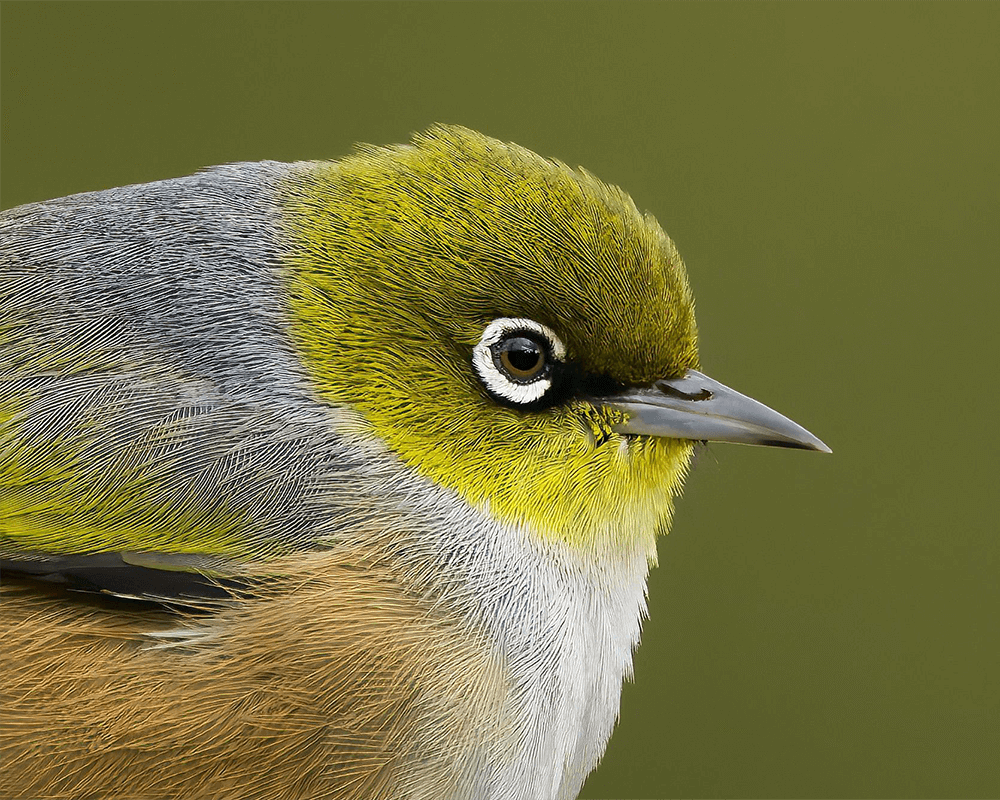
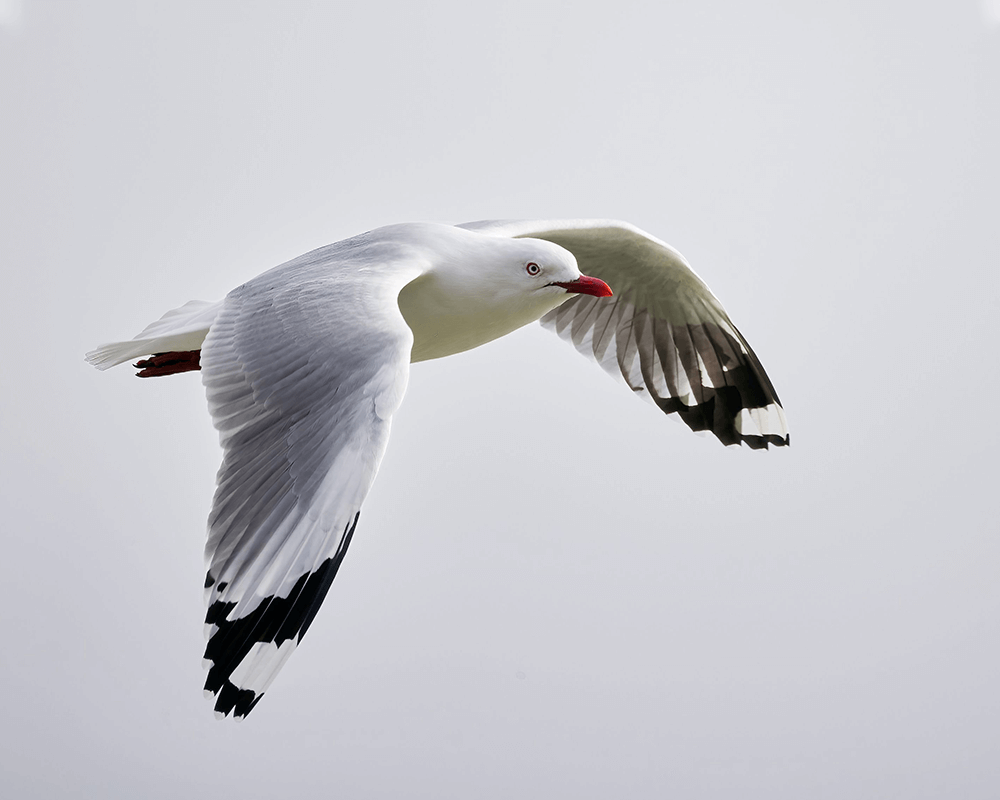
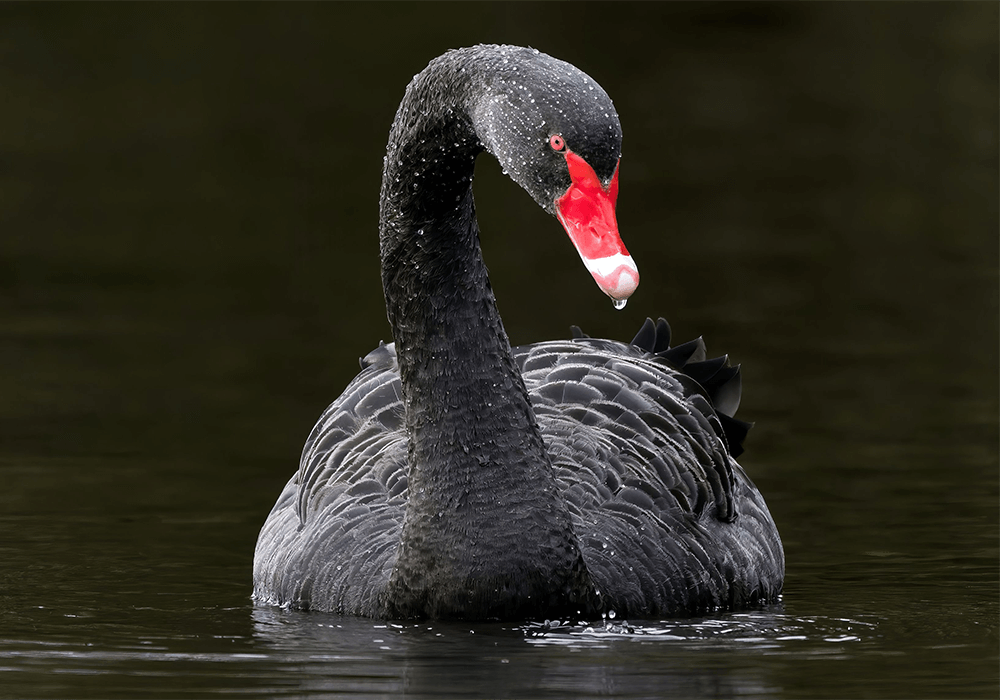
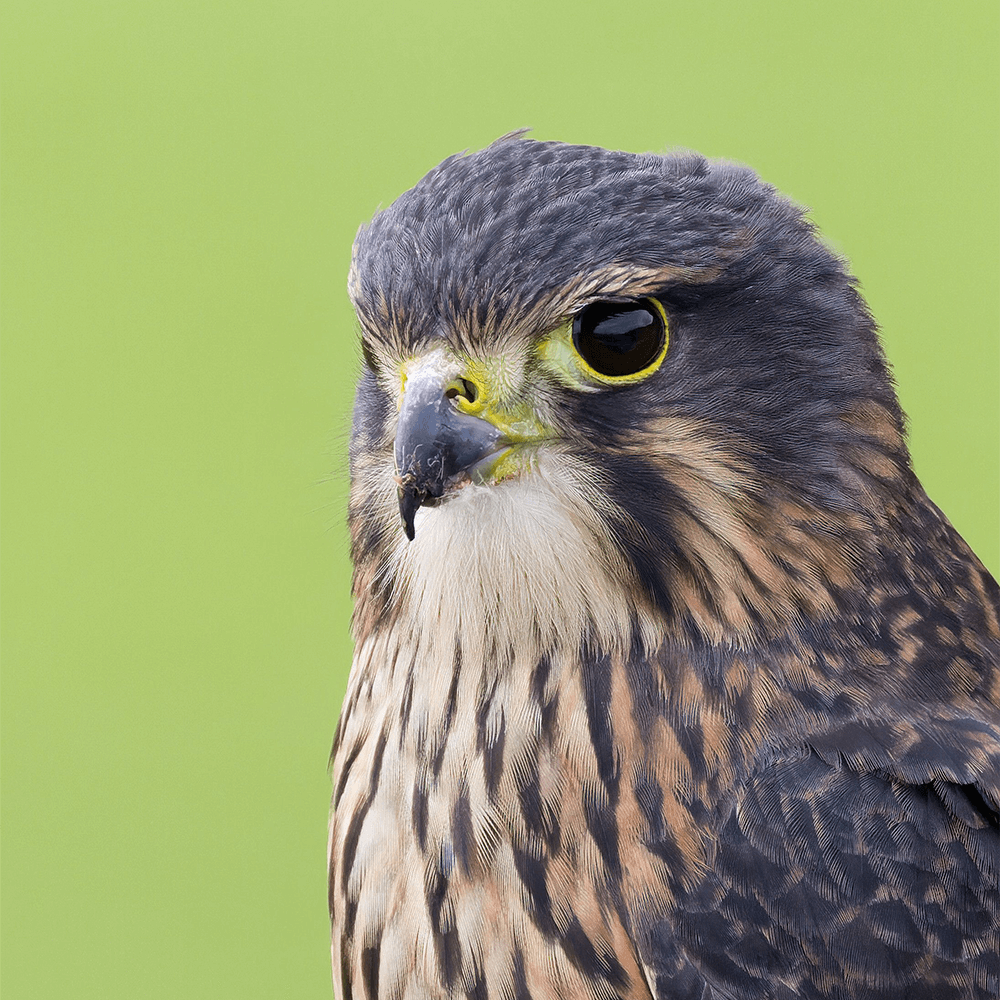
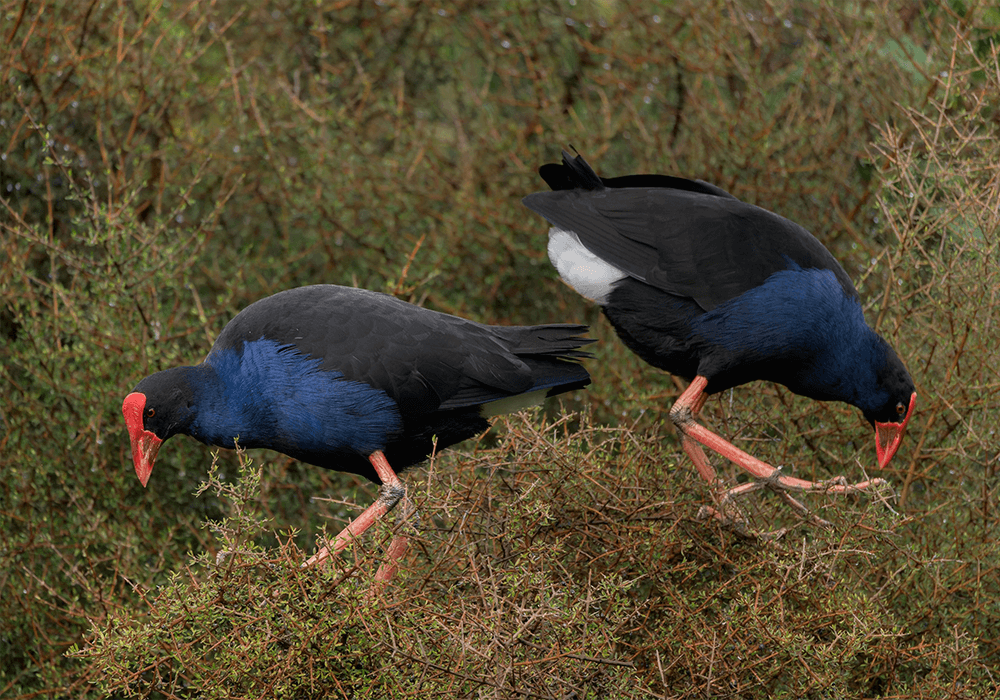
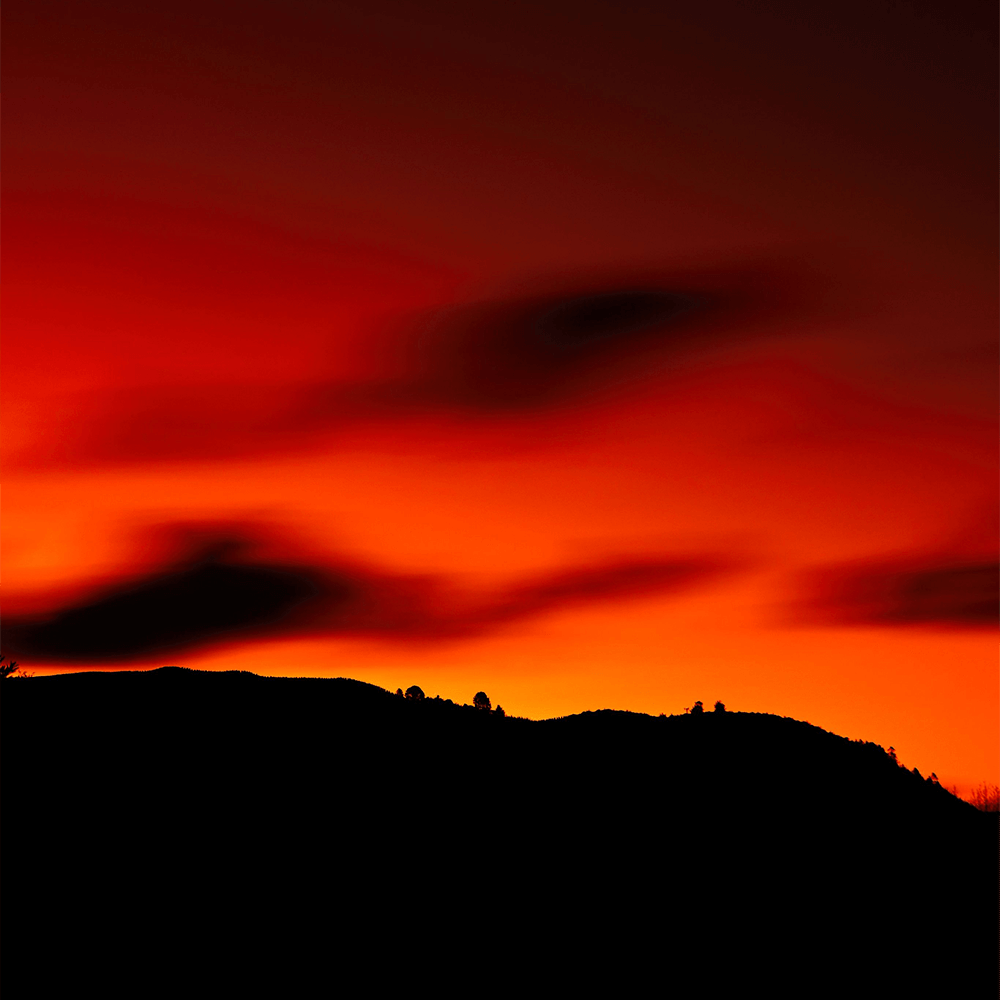
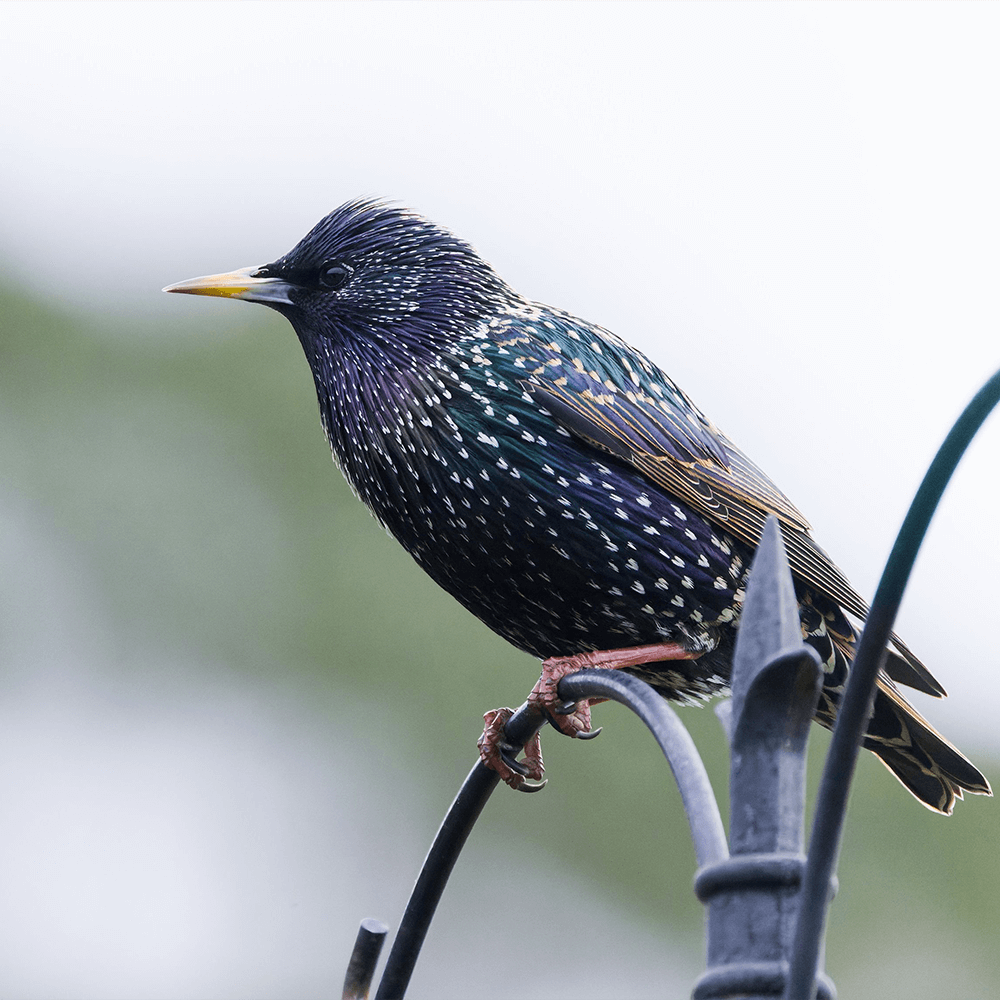
You can check out Bryce McQuillan's work on Instagram @spidermanbryce

As 2023 takes a bow, we wrap it up with a cheer. Many moments captured, stories told, a year so grand and dear.

Celebrating the inspirational women making waves in the industry.

Discover the most spectacular photography locations in Egypt and Jordan with travel tips from Jona Grey.